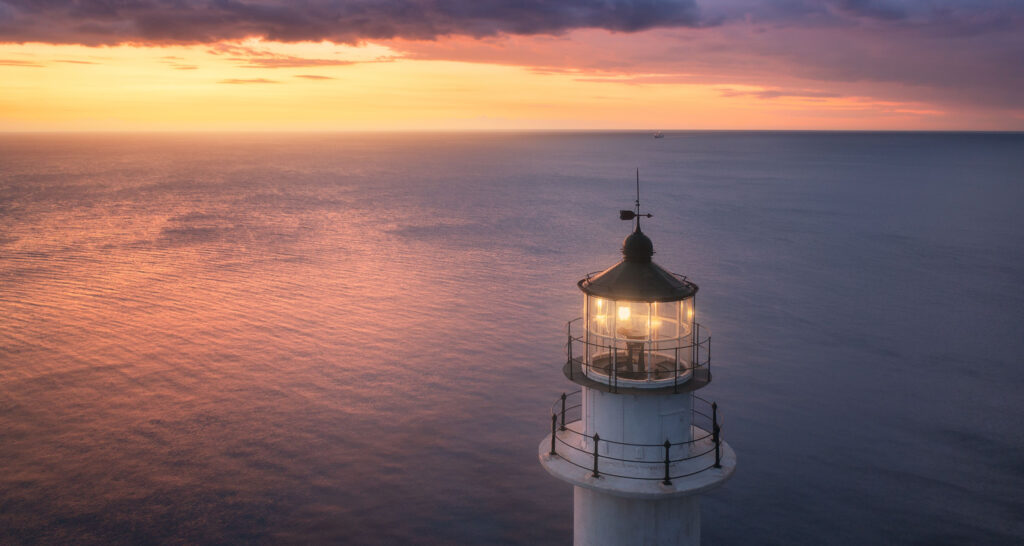
The golden glow of twilight is a familiar phenomenon to those that love to watch the sun slip away under the horizon. As daylight dims into the complete darkness of evening and night, many of us relish the chance to observe this tranquil transitioning period, but as a sailor or maritime enthusiast, it's important to know the significance of twilight from the practical perspective of navigation.
In our latest blog, Sea Chest takes a look at the difference between the twilight phases and what you need to know about nautical twilight and civil twilight.
First off, it's vital to establish the 3 twilight phases, as each phase is determined by a specific solar elevation angle, where there is still light in the sky but the sun has dipped below the horizon:
What Is Civil Twilight?
This is the brightest twilight phase where most outdoor work can be easily conducted without experiencing any serious visibility issues.
Before fully understanding the different twilight phases, however, it's important to quickly define solar altitude.
Solar altitude is the highest angle of the sun. Therefore, the angle of the sun is 90° degrees directly overhead and 0° when it's at the horizon. Civil Twilight is when the centroid (the geometric centre point of the object) of the sun's circular shape is, at the very most, 6° degrees below the horizon.
As the sun dips lower, Civil Twilight will then be followed by Nautical Twilight...
What Is Nautical Twilight?
The second twilight phase that follows Civil Twilight. During Nautical Twilight the stars and the horizon are simultaneously visible and, as the name suggests, this phase originates from the times when sailors would regularly use the stars for navigation. During this phase, and in good weather conditions, the horizon remains slightly visible, even when there's no moon illumination present, allowing mariners to reliably make use of the stars as a guide.
If we consider the 0° degree angle of the horizon, during Nautical Twilight the centroid of the sun is between 6° and 12° below the horizon line. This phase will then be followed by Astronomical Twilight.
What Is Astronomical Twilight?
The darkest of the 3 phases, in Astronomical Twilight the horizon is no longer visible, or exhibits any colour, and the night's sky is only lit by the faint sparkle of stars, planets and other discernible celestial objects, making this a popular time for amateur or hobbyist star gazers in rural or non-light polluted skies.
If we consider the 0° degree angle of the horizon, during Astronomical Twilight the centroid of the sun is between is between 12° and 18° below the horizon line.
In cities and light polluted areas, there will be no question among those looking up at the sky that night has fallen. However, the conditions of Astronomical Twilight may not be good enough for you to pick out all the detail in the night's sky just yet.
What's The Difference Between The 3 Twilight Phases?
The phases of twilight are determined by the individual solar elevation of each phase. Solar elevation is the position of the sun relative to the horizon, so as the sun continues to fall beneath the horizon line, the angles it passes through are signposted by a new twilight phase, from Civil Twilight to Twilight Nautical and, at the lowest angle, Astronomical Twilight.
Each phase has a specific practical purpose attached to it. During the Civil phase you can conduct most outdoor work without any low light issues; in Nautical Twilight sailors can use the stars to navigate and, at Astronomical Twilight; the darkest phase is reached and the brightest stars and celestial objects become visible.